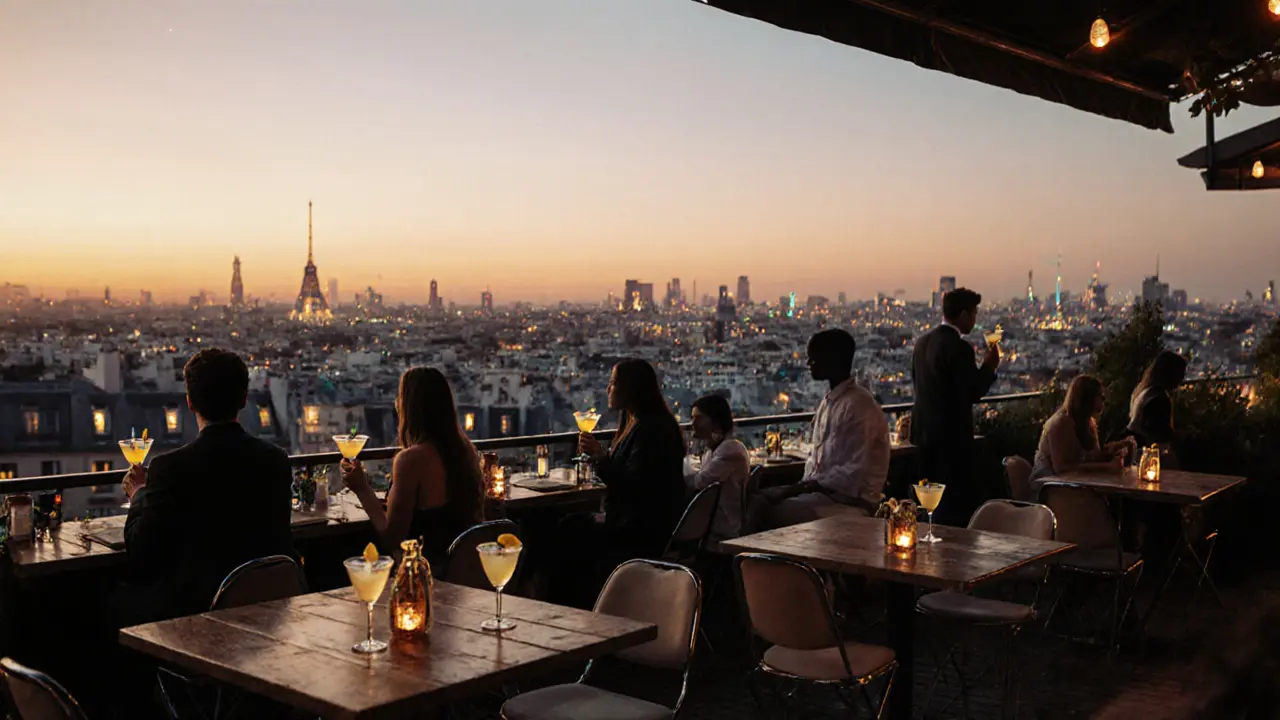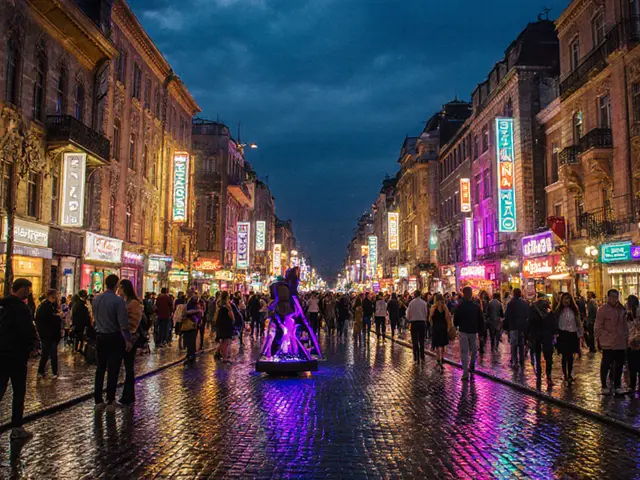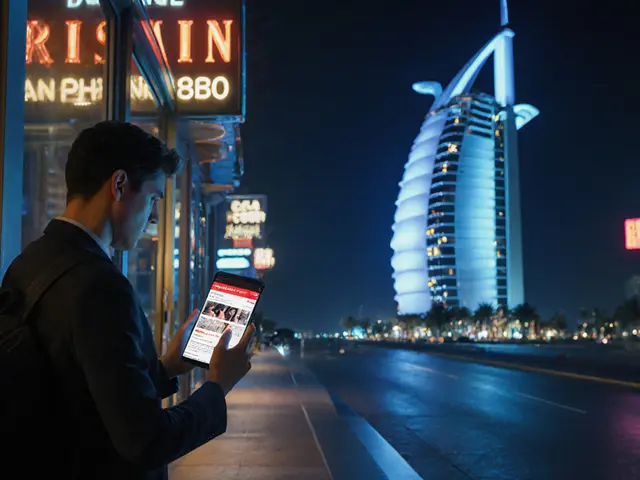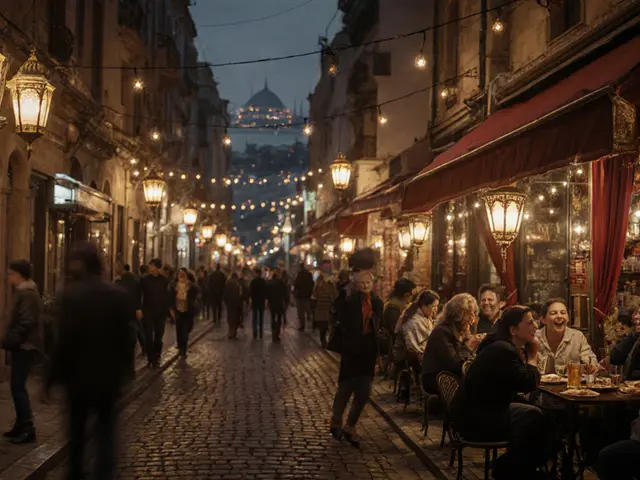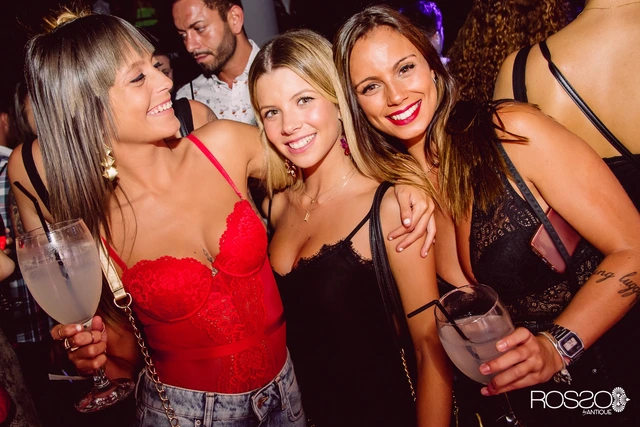Paris Night Photography
When working with Paris night photography, capturing the City of Light after sundown, you blend urban nightlife with artistic technique. Also known as nighttime Paris photography, it offers a unique mix of romance, illumination, and bustling streets.
One key player in this scene is Nightlife, the pulse of bars, clubs, and late‑hour crowds that create dynamic subjects. Nightlife fuels the energy you want in a frame, while Photography techniques, low‑light exposure, long‑exposure trails, and ISO management give you the tools to freeze or blur that motion. Camera gear, fast lenses, sturdy tripods, and full‑frame sensors, is essential for clean night shots, and Paris landmarks, Eiffel Tower, Montmartre, Seine bridges, provide iconic silhouettes and light sources that turn any picture into a story.
What you need to know before you shoot
First, understand that Paris night photography isn’t just about turning the flash on. It’s a balance of three attributes: ambient light, subject motion, and composition. The ambient glow from street lamps, neon signs, and window lighting creates a natural fill that can replace harsh flash. Subject motion—people strolling, cars drifting, dancers in clubs—adds life; capture it with slower shutter speeds or freeze it with higher ISO. Finally, composition matters: use the city's famous boulevards as leading lines, frame the Eiffel Tower against a twilight sky, or capture reflections on the Seine for added depth.
Second, gear selection influences every decision. A lens with a wide maximum aperture (f/1.4‑f/2.8) lets more light hit the sensor, reducing noise and allowing handheld shots. A sturdy tripod is a lifesaver for exposures longer than a second, especially when shooting static landmarks. If you can afford it, a full‑frame camera with excellent high‑ISO performance will keep grain low when you push the limits. Remember to bring spare batteries—cold evenings drain power quickly.
Third, mastering the technical side pays off. Set your camera to manual mode, start with ISO 800‑1600, aperture at its widest, and shutter speed around 1‑2 seconds for static scenes. For crowds or moving subjects, bump the shutter up to 1/60‑1/125 seconds and raise ISO as needed. Shoot in RAW to retain detail for post‑processing, where you can fine‑tune exposure, enhance the blues, and bring out the golden glow of streetlights without losing quality.
Finally, safety and etiquette matter. Paris streets are generally safe, but stay aware of your surroundings, especially when using a tripod in busy areas. Respect private property—don’t intrude on exclusive clubs or private balconies. When shooting inside venues, ask permission; many owners appreciate photographers who capture their vibe responsibly.
By linking nightlife energy, precise techniques, reliable gear, and iconic landmarks, you create a cohesive workflow that turns ordinary evenings into unforgettable images. Below you’ll find a curated selection of articles that dive deeper into each of these pillars—style tips for dressing the part, guides to the best night‑time spots, and practical advice on hiring companions for a seamless experience.
Explore the collection and pick up actionable insights that will help you plan, shoot, and edit your Paris night photography adventures like a pro.
Best Instagram‑Worthy Nightlife Spots in Paris 2025
Discover Paris' top night spots that look amazing on Instagram, with photo tips, venue details, and a handy checklist for a picture‑perfect evening.
Read More